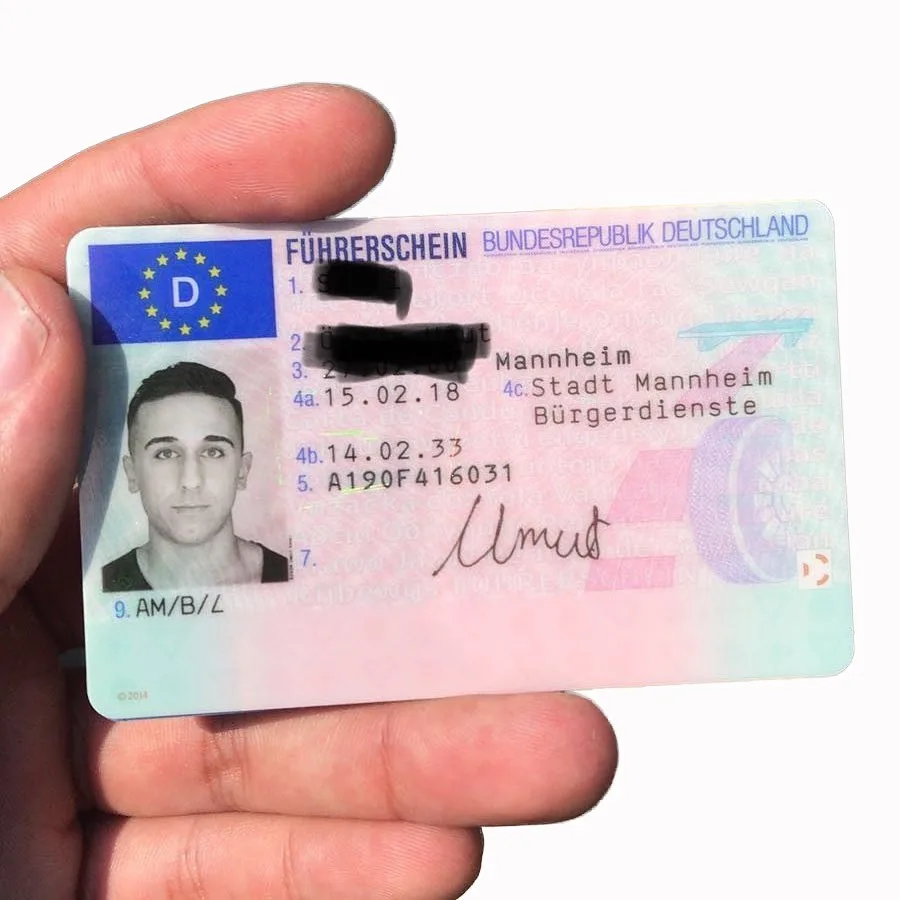Learning to Drive Without a Test: Checking Out Alternative Paths in Driver Education
In an age where benefit and development dominate the landscape of education and skills acquisition, the standard design of discovering to drive-- finishing an extensive test to make a driver's license-- has actually come under examination. For lots of, the process of getting behind the wheel, studying hard, and passing both a written and practical driving test can be intimidating. However, emerging patterns and alternative techniques to driver education suggest that there may be ways to find out to drive without feeling the pressure of an official testing environment.

Comprehending the Traditional Model
Traditionally, earning a driver's license requires potential chauffeurs to undergo a series of tests developed to evaluate knowledge and useful skills. These include:
Written Test: This evaluates understanding of the guidelines of the road, traffic signals, and safe driving practices.
Practical Driving Test: Applicants should demonstrate their capability to operate a car securely and in accordance with traffic laws.
While this model guarantees that all drivers fulfill a minimum requirement of skills, it can be a source of stress for lots of learners. The worry of failure, combined with the logistics and cost associated with testing, can prevent individuals from getting their license altogether.
fahrprüfung umgehen of Learning to Drive
Driving School Innovations: Many driving schools have started to use more individualized education programs that allow trainees to find out at their own speed. These programs typically consist of one-on-one direction with accredited driving instructors who concentrate on structure self-confidence rather than pushing trainees to pass a test. Some modern-day driving schools even incorporate online modules where students can study the rules of the road in a more relaxed setting before entering the car.
Simulated Driving Experiences: Advances in innovation have actually caused the production of sophisticated driving simulators. These can provide important experience without the threat of mishaps. Learners can practice their skills in various weather conditions, traffic scenarios, and driving situations that they may not come across in normal driving classes. This hands-on method to learning can boost a student's competence and confidence behind the wheel.
Peer-to-Peer Learning: Informal driving practice with buddies or household members can likewise act as a feasible option to conventional approaches. While this approach does not completely get rid of the need for formal testing, it permits people to acquire convenience and experience behind the wheel without the stress and anxiety of a main assessment. Friend or family can offer assistance and feedback, making the discovering process less intimidating and more encouraging.
Flexible State Regulations: Some areas are starting to reconsider their obligatory testing policies, specifically for specific demographics, such as veterans or people with specials needs. These changes reflect a growing recognition that life experiences and driving habits might not always align with traditional testing requirements. Advocacy for a more holistic approach to evaluating driving competence is ending up being a topic of discussion in lots of legislative circles.
Private Certifications: In particular places, people may check out options that focus more on mentorship and more secure driving habits instead of conventional tests. Accreditation through neighborhood programs or recognized organizations that back experiential knowing could encourage safe driving while bypassing the standard testing path.
The Benefits and Drawbacks
While finding out to drive without an official test offers lots of prospective benefits-- such as lowering stress, cultivating a more inclusive environment for learners, and focusing on skills over testing stress and anxiety-- it likewise raises concerns. Critics argue that getting rid of formal assessments could lead to inconsistencies in driver readiness, potentially compromising road safety.
Moreover, conventional testing serves not only as an assessment of skills, however as a standardized benchmark that guarantees all drivers possess the needed understanding to navigate the roads securely.
Conclusion
The landscape of driver education is progressing. As alternative techniques of learning to drive gain traction, striking a balance in between versatility and security is paramount. While it is clear that there are opportunities for finding out to drive without the pressure of a formal test, ensuring that all chauffeurs keep a high standard of security must stay a priority. In the future, we may see more customized methods to driver education that accommodate different discovering designs, eventually leading to more secure, more positive motorists on our roadways.
